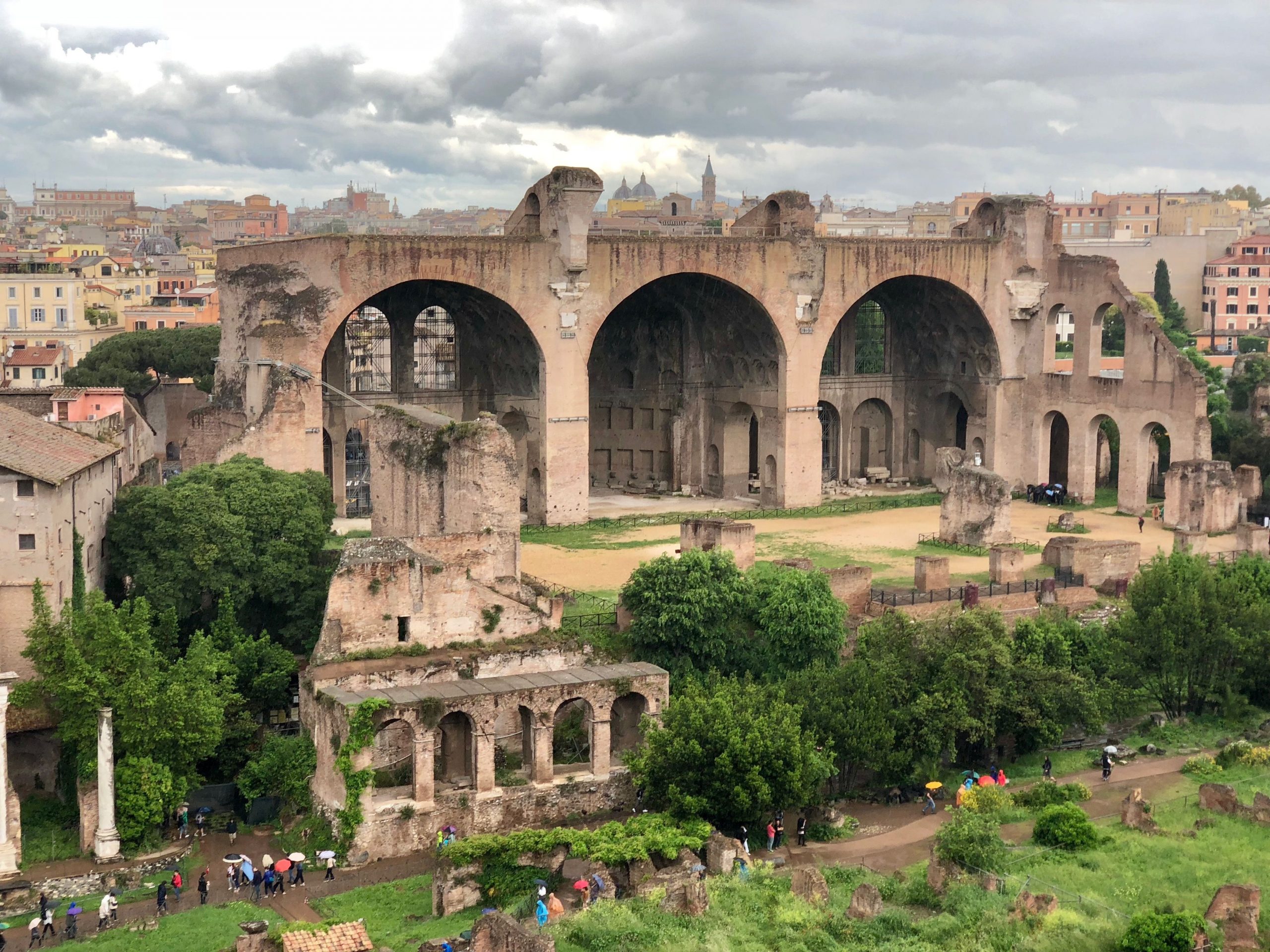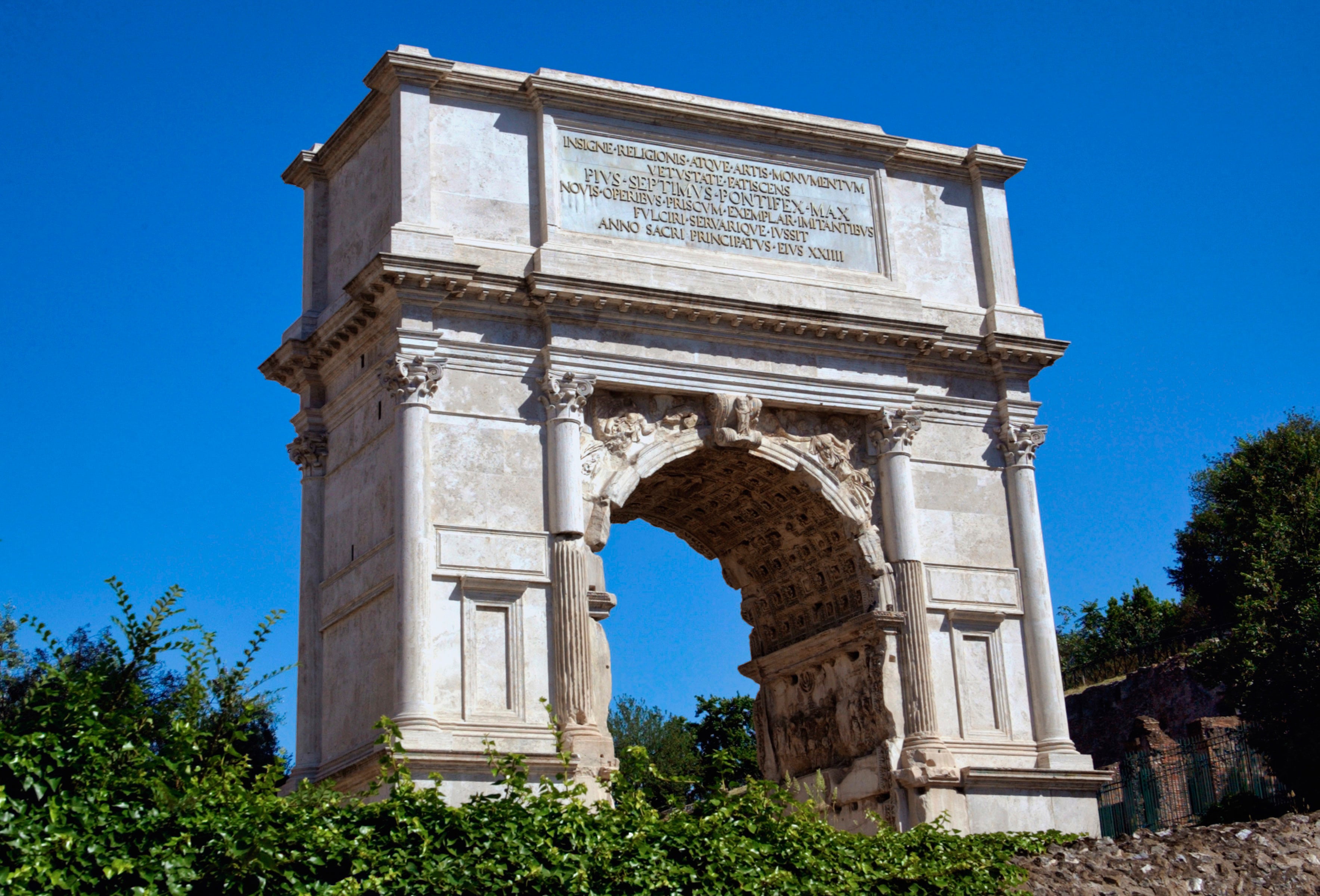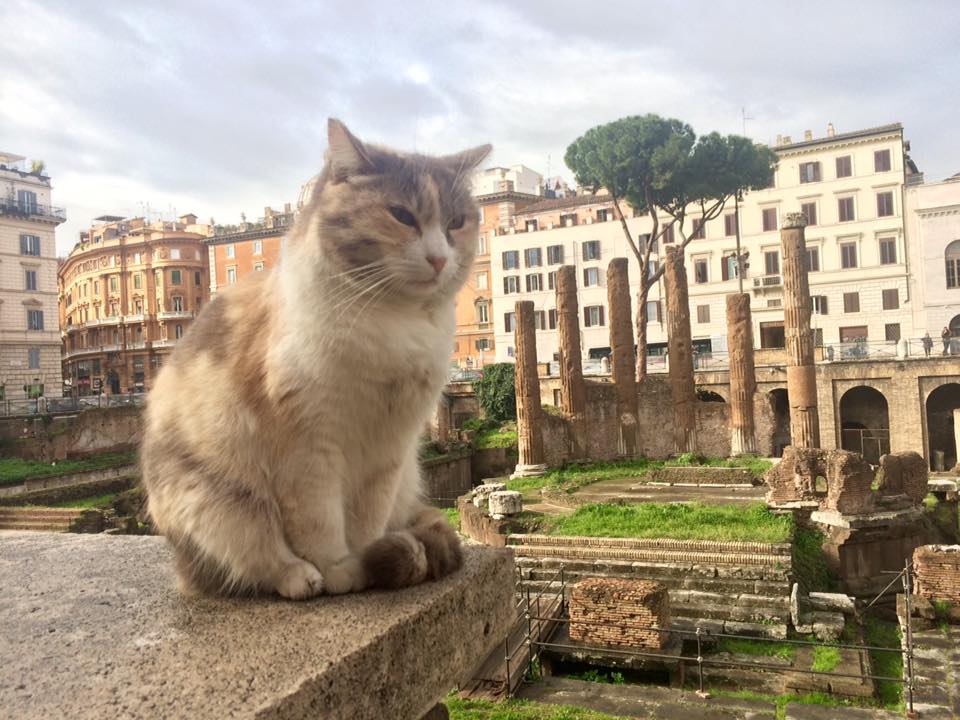Cloaca Maxima
The Cloaca Maxima, the ‘Great Drain’ is effectively Rome’s oldest, and most important construction. It lies buried beneath the city and the ancient structures of the Roman Forum and beyond, but this drain (originally a stream separating the territory of Romans on the Palatine and the Sabines on the Quirinal) later became a sewer which allowed the city of Rome to function. In the early days the valley of the Roman Forum was a marshland and impossible to build upon. Around 600 B.C. the first kings drained the low-lying area, allowing the ancient Romans to come down from the hills and form a central meeting place and market place that would become the focal point of the city. The great drain continued to serve Rome as the main sewer and still partly functions today. Although we cannot visit the drain it is undoubtedly one of the most impressive early achievements that would allow the expansion of the city of Rome.
The Cloaca Maxima’s construction is generally attributed to the king Tarquinius Priscus, or perhaps Tarquinius the Superb, it is one of Rome’s first major works of urbanization. Originally an open channel, it followed the natural flow of streams from above the suburra (Monti) and ran all the way to the Tiber. It wasn’t until the 2nd century BC that the Cloaca Maxima was finally covered, thus becoming an underground sewer. The Cloaca Maxima eventually collected all of the waste water from the many public fountains, baths, palaces and private residences which were fed by the aqueducts. This constantly running water served to keep the Cloaca Maxima clear of obstructions and continually helped to remove any waste.
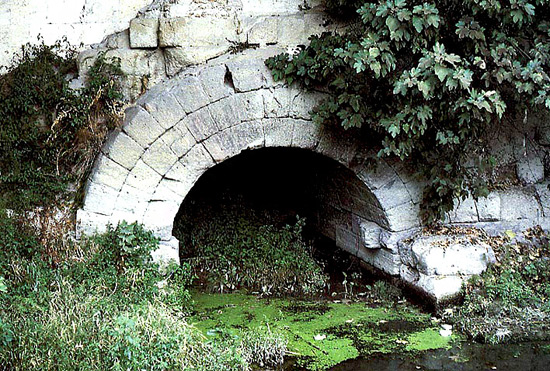
It is because of the Cloaca Maxima that the Roman Forum exists. The construction and eventual underground position of the sewer system allowed the central rectangle of the forum to be paved and for permanent structures to fill the area – prior to its existence, structures were constantly being demolished and rebuilt due to the continual flooding. Occasionally water from the Tiber would wash back into the sewer but Pliny tells us this was no problem thanks to the expert workmanship and also its size. The great drain ranges from 2.70 m to 4.50 m in height, in some places it is wide enough for two cars to pass each other. The drain took a long meandering route and was actually an amalgamation of seven streams or drains. It passes roughly from termini station down beneath Via Cavour today, underneath the Basilica Aemilia across the forum, under the Basilica Julia, under the Forum Boarium and eventually out to the river.
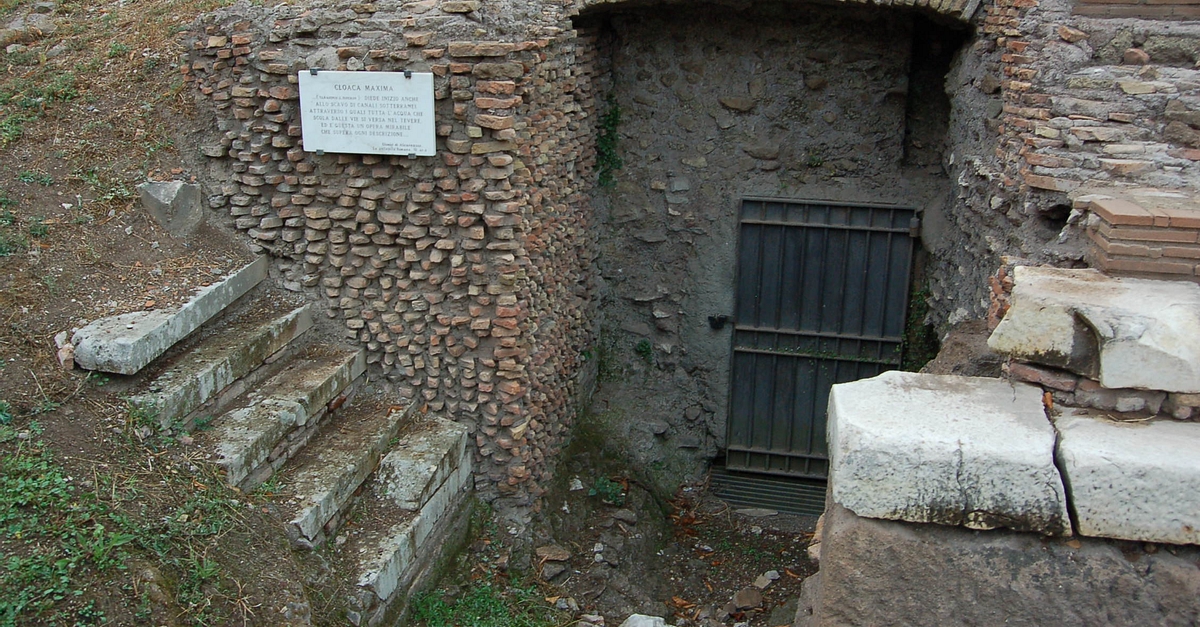
Visitors to the Roman Forum can still see an entrance to the Cloaca Maxima, under the Basilica Julia there is a small stairway descending to a green door. Here, you can sometimes hear the water in the ancient sewer and in the hot and humid summer months you can still smell the ancient drain. Although the Cloaca Maxima still exists and is in use, the outflow is little more than a trickle today and joins the Tiber river near the Ponte Rotto and Ponte Palatino.
